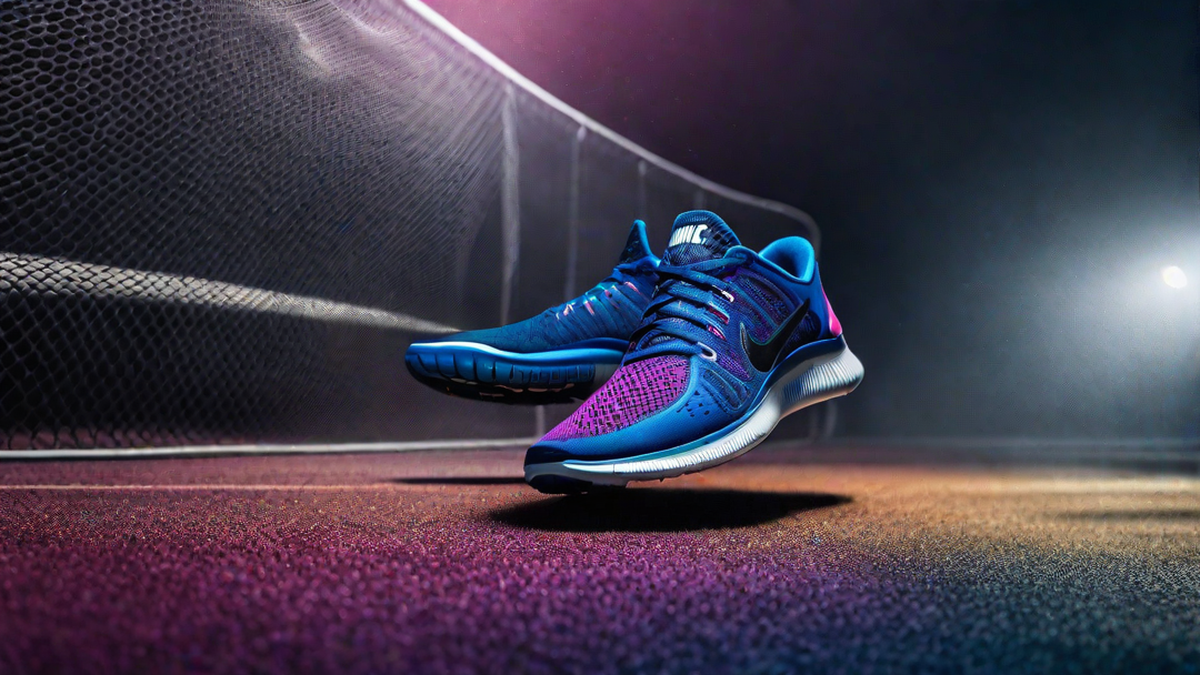When it comes to running shoes, there are countless options available on the market. As an avid runner myself, I have tried many different brands and models, but one that has always stood out to me is the Nike Free Run. In this article, I will share my personal experiences and delve into the question: are Nike Free Runs good for running?
The Philosophy Behind Nike Free Runs
Nike Free Runs are designed with a unique philosophy in mind – that running should feel natural and unrestricted. The shoes are known for their lightweight and minimalist design, allowing for maximum flexibility and a barefoot-like feel. They feature a low-profile sole, which allows your feet to move more naturally and engage the muscles in your feet and legs.
Personally, I appreciate this philosophy as it aligns with my own running style. I prefer a more minimalist shoe that allows my feet to move freely and naturally. The Nike Free Runs provide just that.
The Benefits of Nike Free Runs
One of the key benefits of Nike Free Runs is their flexibility. The shoes are designed to mimic the natural motion of the foot, allowing for a more natural stride. This can help improve running efficiency and reduce the risk of injuries caused by overstriding or improper foot mechanics.
Another advantage of Nike Free Runs is their lightweight construction. The shoes are incredibly light, which makes them ideal for faster-paced runs and races. They feel like an extension of your feet, giving you a sense of agility and responsiveness.
Additionally, the Nike Free Runs provide excellent breathability, thanks to the mesh upper. This ensures that your feet stay cool and dry, even during longer runs or in hot weather conditions.
Considerations for Nike Free Runs
While Nike Free Runs offer numerous benefits, they may not be suitable for everyone. It’s important to consider your individual running style and needs before deciding on a shoe.
Firstly, Nike Free Runs may not be the best option for runners with a significant history of foot or ankle injuries. The minimalist design of the shoes provides less cushioning and support compared to traditional running shoes. If you require additional stability or cushioning, you may want to consider a different shoe.
Additionally, if you are transitioning from more structured or heavily cushioned shoes to Nike Free Runs, it is crucial to do so gradually. The minimalist design requires your feet and leg muscles to adapt to a different running style. Taking the time to build up your strength and gradually increase your mileage can help prevent injuries and allow for a smoother transition.
Conclusion
In my personal experience, Nike Free Runs have been a fantastic choice for my running needs. Their lightweight and flexible design provide a natural and comfortable running experience. However, it’s important to note that what works for me may not work for everyone. It’s always a good idea to try on different shoes and consult with a running specialist to find the best shoe for your individual needs and running style.
Remember, finding the right running shoe is a personal journey, and it may take some trial and error to find the perfect match. Whether you decide to give Nike Free Runs a try or explore other options, make sure to prioritize comfort, fit, and functionality to enhance your running experience.

